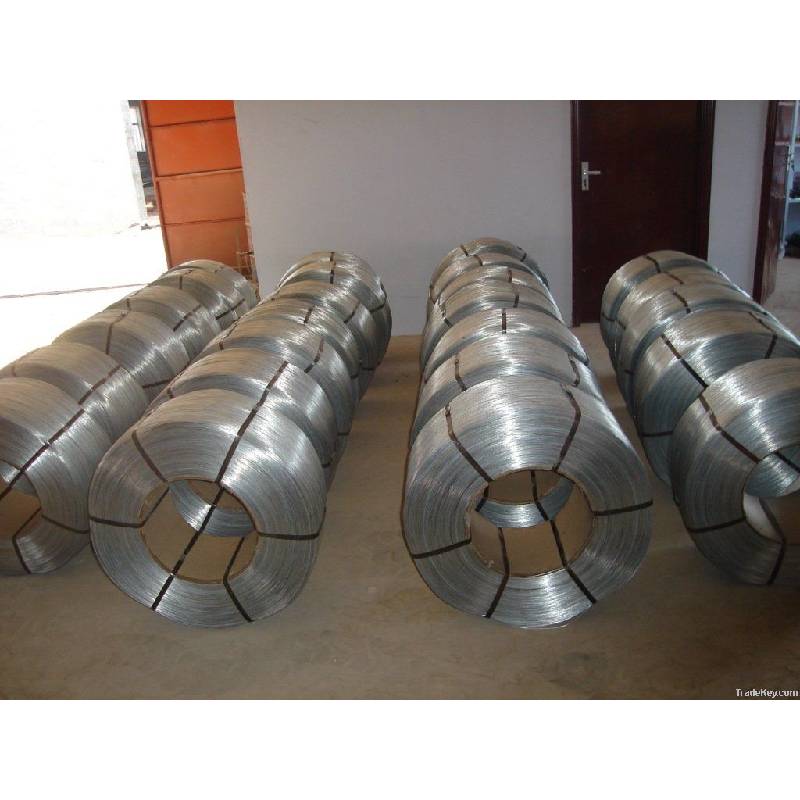
- Mobile Phone
- +8613931874955
- sales@cntcmetal.com
Understanding the Benefits and Uses of Galvanized Angle Bead in Construction Projects
Understanding Galvanized Angle Beads Essential Tools for Modern Plastering
In the world of construction and interior finishing, the details can make a significant difference in both aesthetics and durability. One such detail that often goes overlooked is the angle bead, specifically the galvanized angle bead. This seemingly simple component plays a crucial role in ensuring that plastered corners are sharp, clean, and resilient enough to withstand the test of time.
What is a Galvanized Angle Bead?
A galvanized angle bead is a pre-formed metal corner strip that is typically made from galvanized steel. The galvanization process involves coating the steel with a layer of zinc to protect it from corrosion and rust. This durability is particularly important in environments that may be exposed to moisture, such as bathrooms, kitchens, and outdoor structures.
Galvanized angle beads are designed to be installed at the external corners of walls where drywall joins, creating a smooth, straight edge that can withstand impacts and protect the plaster or finish from chipping. They come in various sizes, usually featuring a 90-degree angle, allowing them to fit snugly at the corners of 2 adjacent surfaces.
The Benefits of Using Galvanized Angle Beads
1. Enhanced Durability The galvanized finish ensures that the angle bead is resistant to rust and wear, making it ideal for high-moisture areas. This longevity means fewer repairs and replacements over time.
2. Cleaner Finishes Using angle beads provides a sharp, defined edge that enhances the overall appearance of a finished wall. It helps achieve a professional look by preventing the plaster from cracking or peeling at the corners.
galvanized angle bead

3. Ease of Installation Galvanized angle beads are relatively easy to install. They can be nailed or screwed into place and then covered with plaster, making the process efficient for contractors and DIY enthusiasts alike.
4. Impact Resistance Corners are often the first areas to show signs of wear and damage in a wall. Angle beads add an extra layer of protection against impacts, ensuring that your walls remain intact, even in high-traffic areas.
5. Cost-Effectiveness While there may be a minimal upfront cost for purchasing galvanized angle beads, their ability to protect and maintain the integrity of walls results in significant savings on repairs and maintenance in the long run.
Installation of Galvanized Angle Beads
Installing galvanized angle beads is a straightforward process but requires a bit of attention to detail. First, the corner must be cleaned and prepared to ensure good adhesion for the plaster. The angle bead is then positioned against the corner, ensuring it is level and aligns with the surrounding wall surface. After securing the bead with nails or screws, a layer of plaster is applied over it, which helps to blend it seamlessly into the wall.
Once the plaster has dried, the surface can be sanded and finished to achieve a perfectly smooth corner. This final touch not only enhances the aesthetic appeal but also adds a professional quality that can significantly elevate the overall appearance of a room.
Conclusion
Galvanized angle beads are an essential tool in modern plastering and drywall installations. Their durability, ease of installation, and ability to enhance the aesthetic quality of finished walls make them a valuable addition to any construction project. Whether you are a contractor or a DIY enthusiast, incorporating galvanized angle beads into your workflow can guarantee robust, attractive, and long-lasting results. As the industry continues to evolve, recognizing and utilizing such components will remain key to achieving both functional and appealing spaces.
share:
-
Your Source for Concrete Wall Ties and Masonry AccessoriesNewsJul.10,2025
-
Unlocking the Power of Iron Wire for Every ProjectNewsJul.10,2025
-
Explore Advanced Chain Wire and Stainless Steel Mesh FencingNewsJul.10,2025
-
Discover the Benefits of Annealed Wire ProductsNewsJul.10,2025
-
Discover China Stainless Steel Wire Mesh SolutionsNewsJul.10,2025
-
Build with Confidence Using High-Performance Masonry AccessoriesNewsJul.10,2025
-
Why Sacrificial Formwork Is Redefining Underground ConstructionNewsJun.06,2025



















